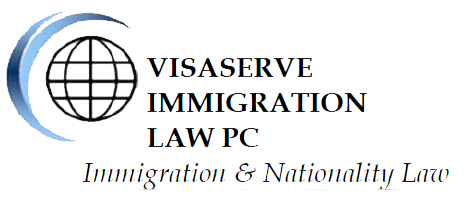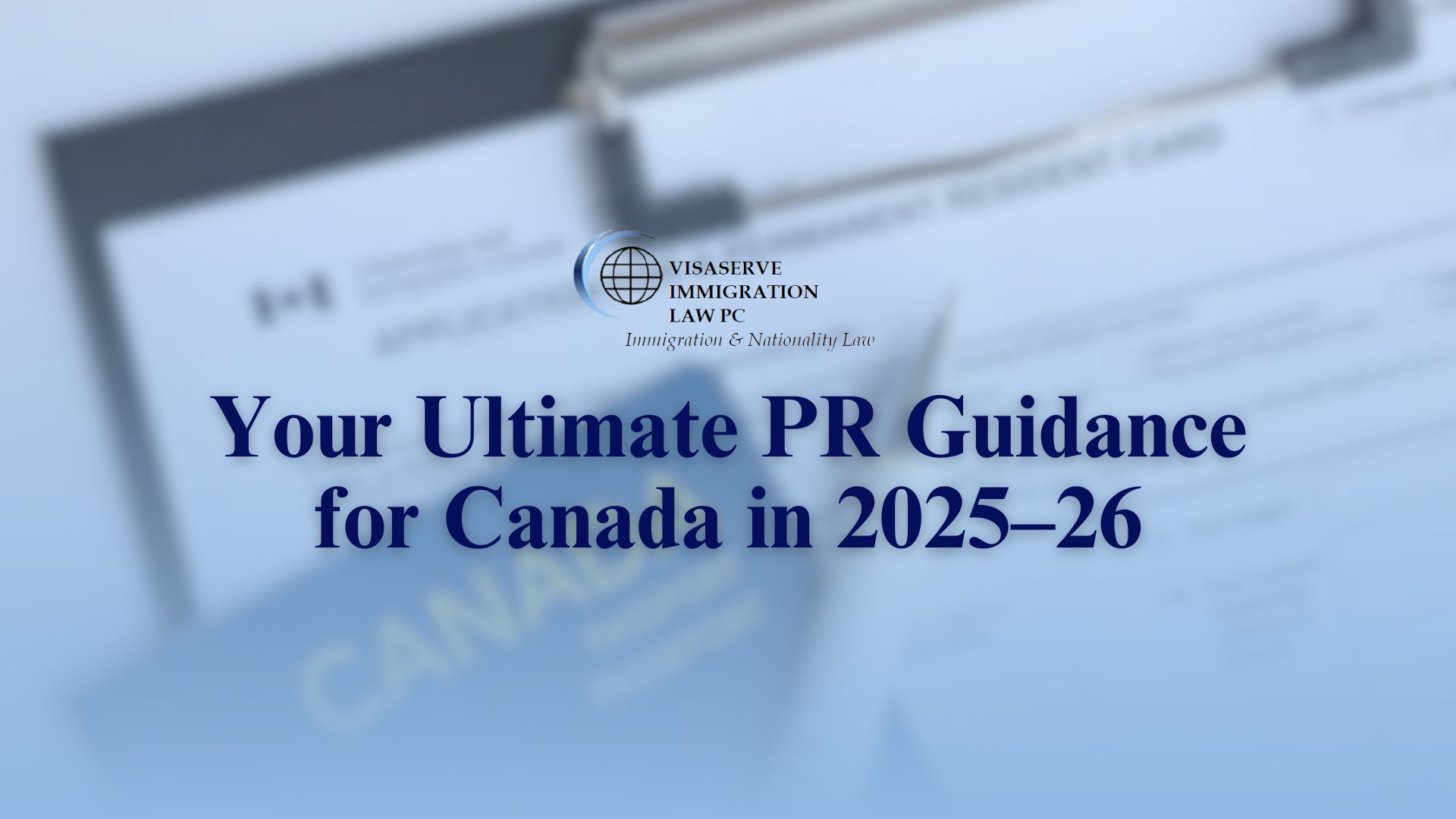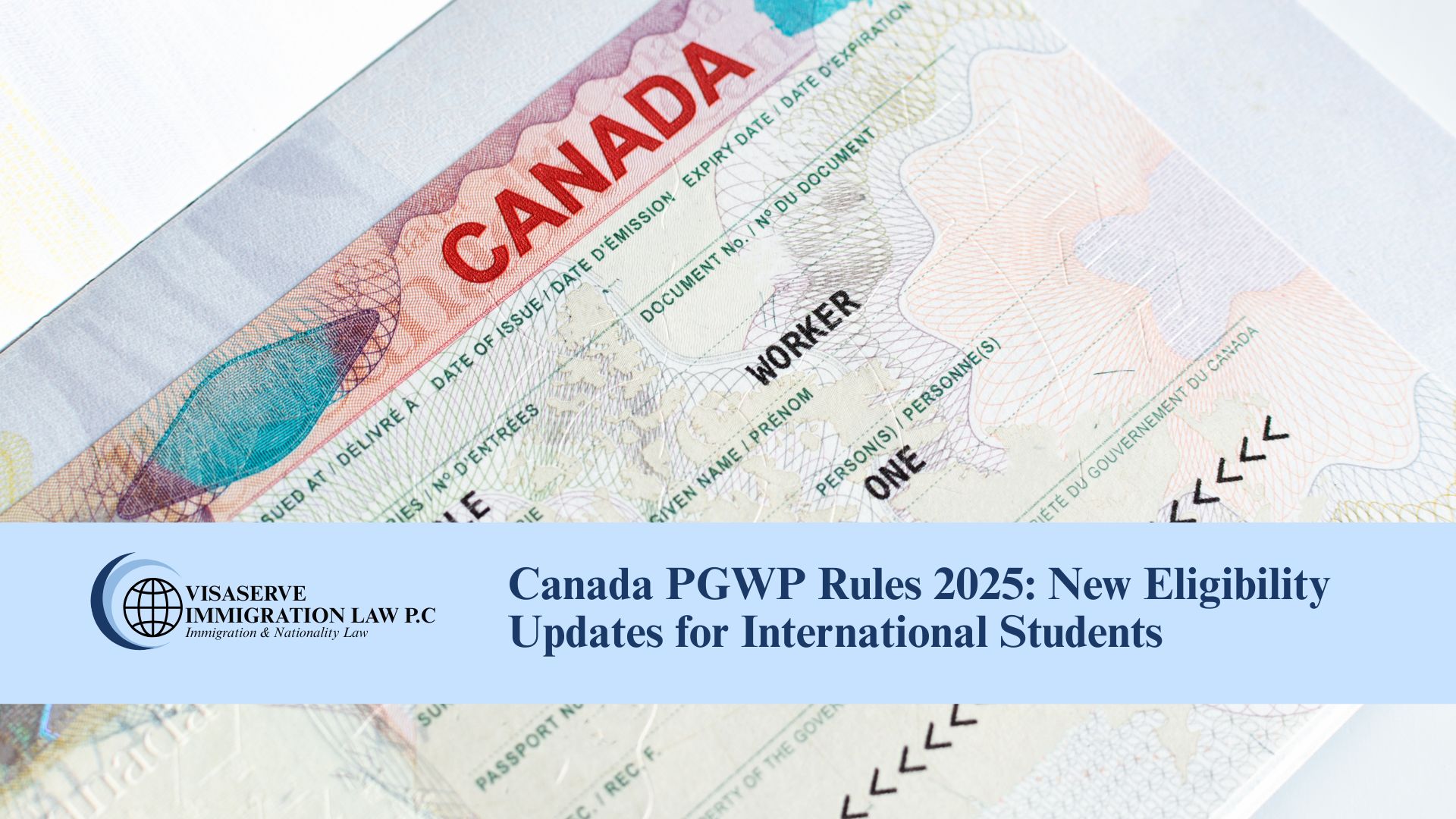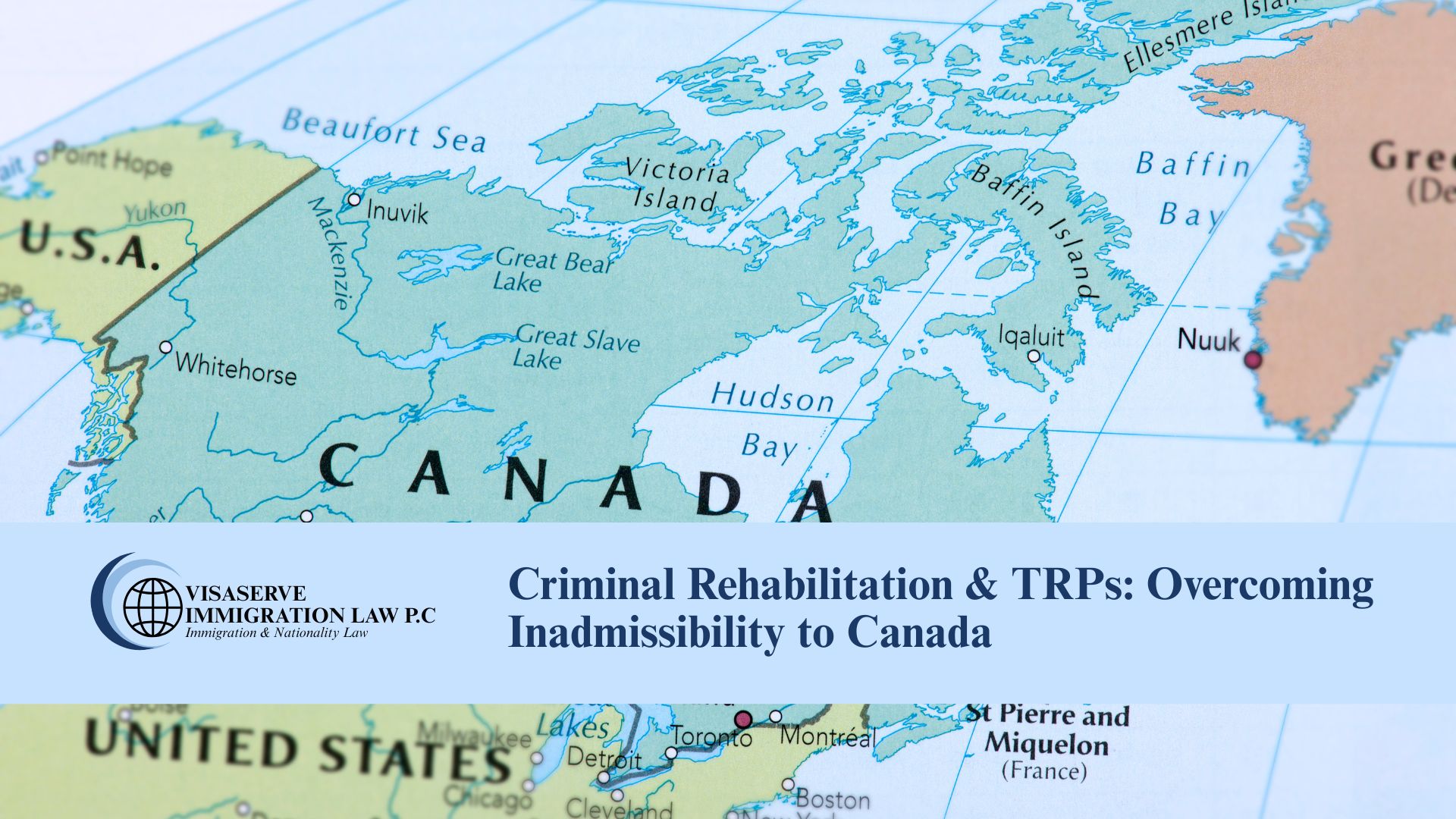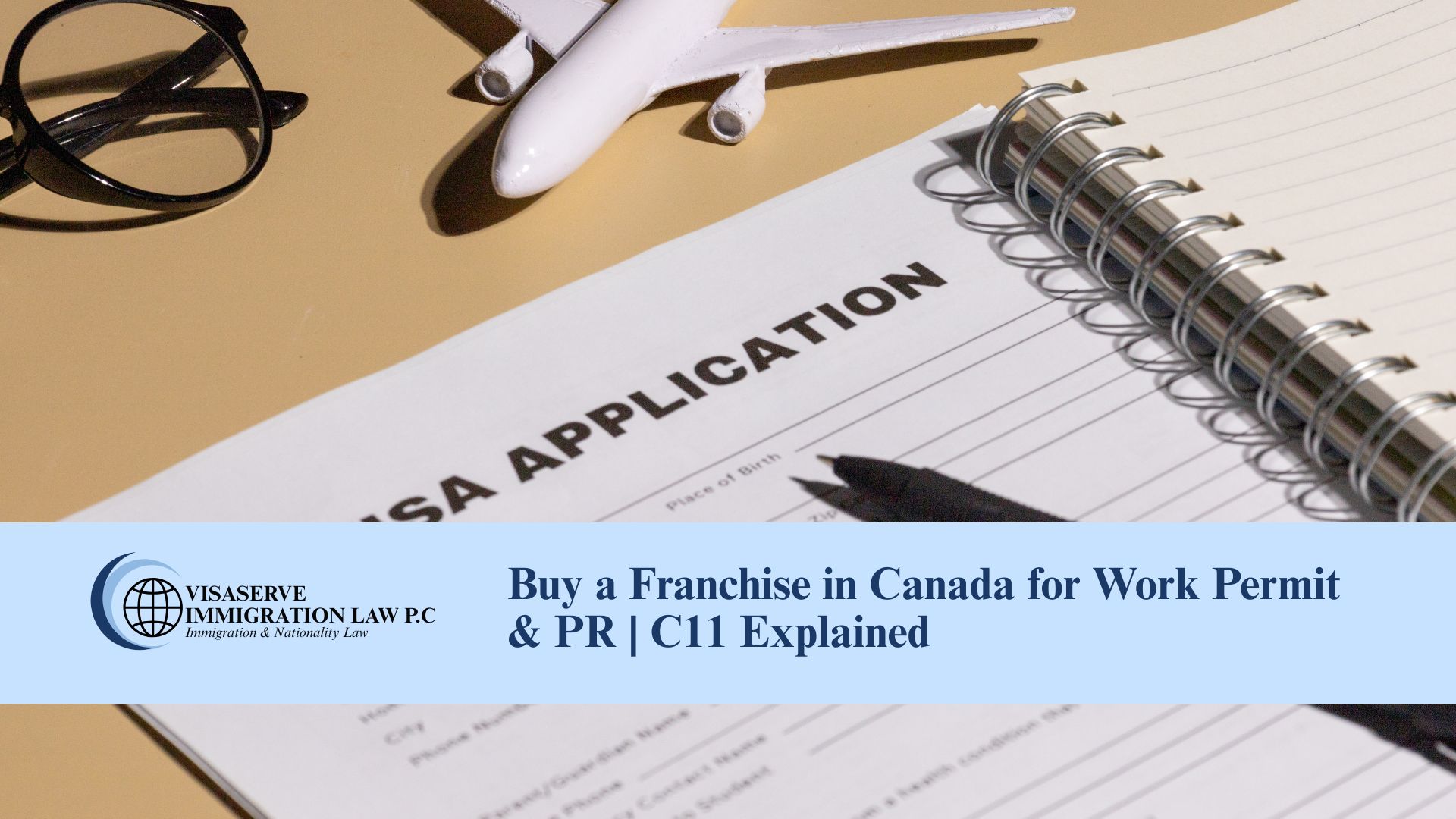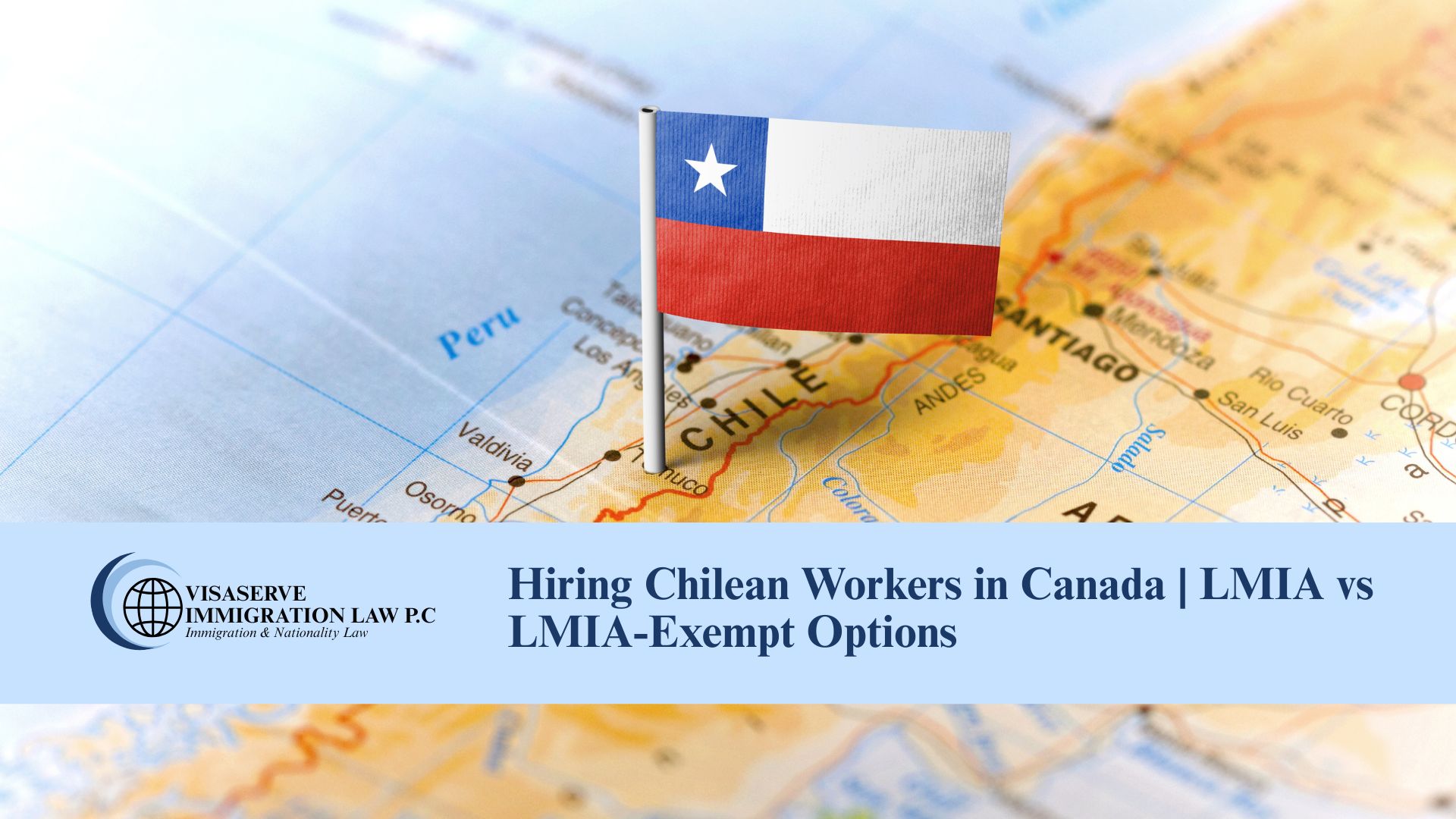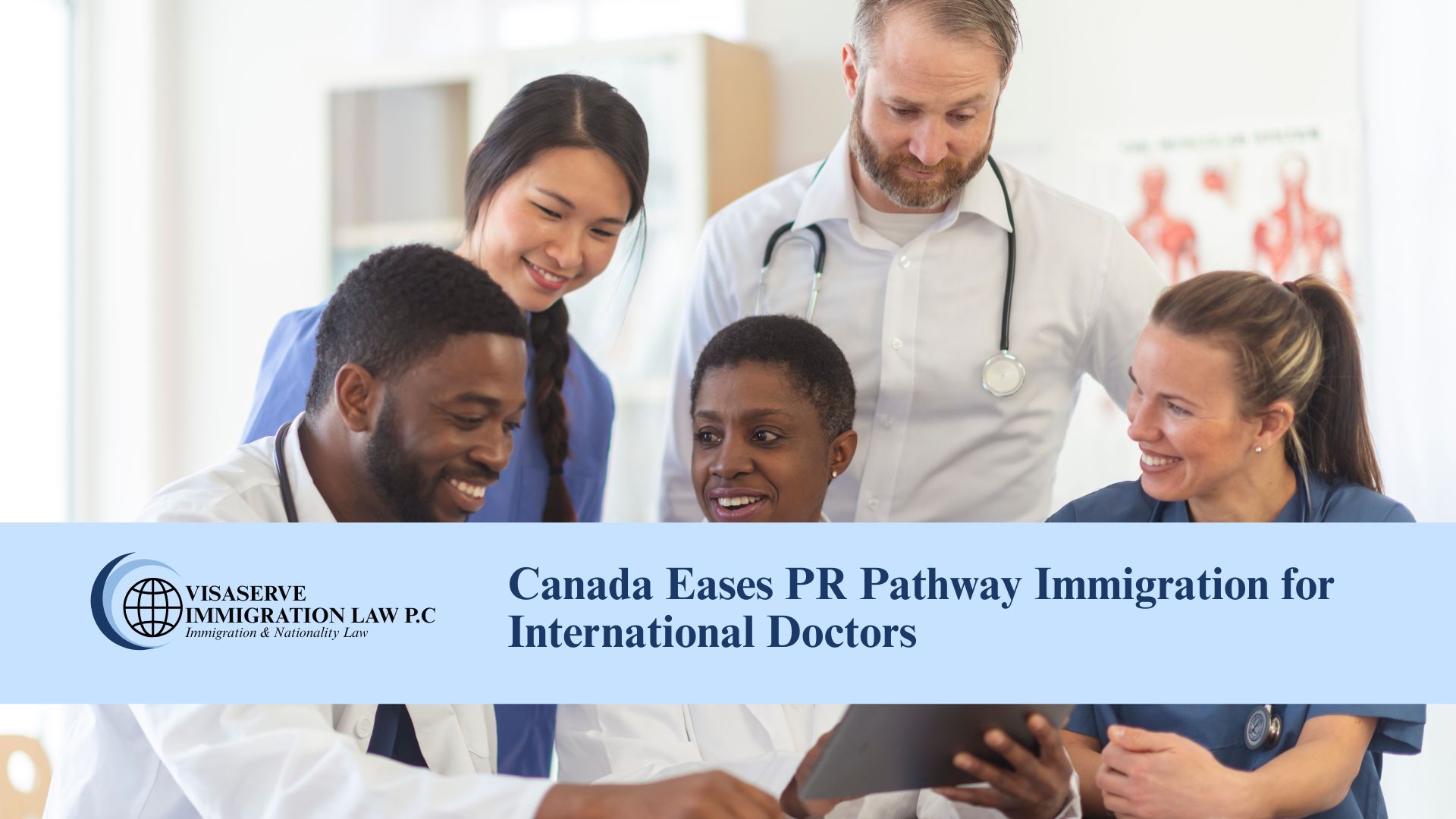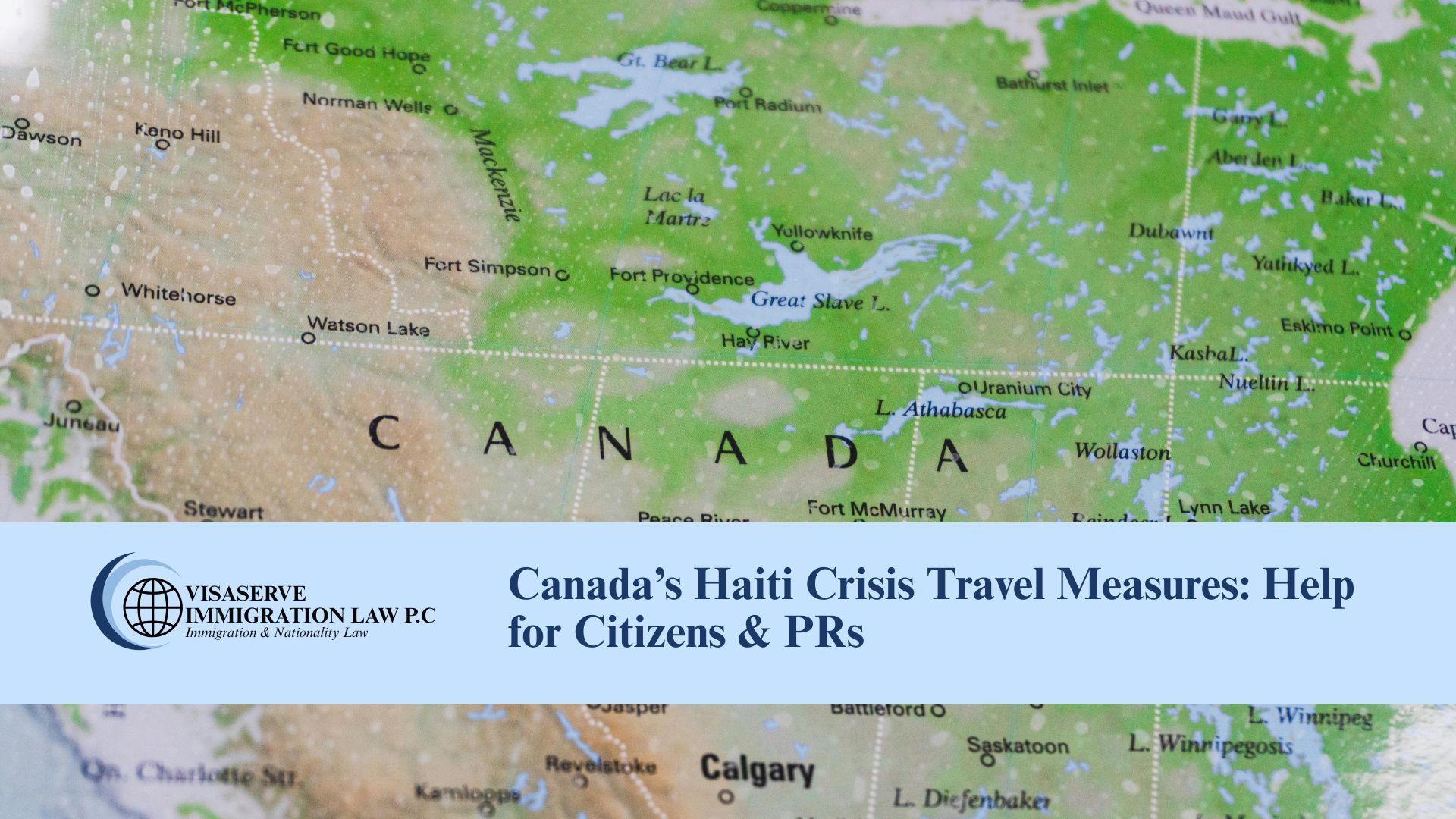For foreign nationals, skilled workers, international students, and investors looking to build a long-term future in Canada, understanding the PR landscape in 2025-26 is crucial. The Government of Canada, through Immigration, Refugees and Citizenship Canada (IRCC), has released its updated 2025–2026 Departmental Plan and Immigration Levels Plan. This blog offers an expert breakdown of key programs and projected outcomes for those seeking permanent residence in Canada.
PR Intake Overview: Focus on Economic Class, Canadian Work Experience, and Sustainability
In 2025, Canada will welcome 395,000 new permanent residents—a decrease from previous years to ease pressure on housing and infrastructure. These levels will further reduce to 380,000 in 2026 and 365,000 in 2027, reflecting a strategic move toward sustainable immigration growth.
Key Allocations by 2027:
-
62% Economic Class
-
22% Family Reunification
-
15% Refugees and Protected Persons
-
1.2% Humanitarian and Public Policy Admissions
Notably, over 40% of 2025 PR admissions are expected to be individuals already residing in Canada, such as international students and temporary workers.
Express Entry: Prioritizing Canadian Work Experience and In-Demand Occupations
The Express Entry system remains Canada’s primary pathway for skilled workers, but significant updates are in place for 2025–26:
-
Canadian Experience Class (CEC) candidates will be prioritized, offering a clear transition pathway for temporary workers in skilled roles.
-
Category-based selections will focus on:
-
Strong French language proficiency
-
Experience in health care, trades, social services, and education
-
-
These changes aim to address labour shortages and strengthen Francophone immigration outside Quebec.
Provincial Nominee Program (PNP): A Clear Pathway from Temporary to Permanent
The PNP will play a more prominent role in transitioning temporary residents—particularly those facing expiring work permits—to permanent status. A temporary public policy allows eligible candidates to receive two-year work permits while their nominations are processed. IRCC is actively collaborating with provinces and territories to streamline these transitions and reduce temporary resident volumes.
Business Immigration: Start-Up Visa and Self-Employed Program
IRCC will continue to admit entrepreneurs under:
-
The Start-Up Visa Program
-
The Self-Employed Program
Both streams are expected to meet admission targets in 2025. New strategies are also being explored to enhance client satisfaction, prioritize high-potential applications, and support job creation in Canada.
Family Reunification: Online Simplification and Faster Processing
IRCC is enhancing the online application experience for family class applicants. The department is committed to:
-
Reducing wait times
-
Improving communication regarding processing times
-
Prioritizing Spouse, Partner, and Child sponsorships, especially for overseas applicants
Refugees and Protected Persons: Meeting Global Commitments
To ensure 15% of admissions serve refugees and protected persons by 2027, Canada will:
-
Maintain strong partnerships with UNHCR, Rainbow Railroad, and ProtectDefenders.eu
-
Pause new Group of Five and Community Sponsor applications under the Private Sponsorship of Refugees Program until Dec 31, 2025, to manage backlogs
-
Continue to deliver the Interim Federal Health Program and coordinate refugee resettlement efforts with domestic and international partners
Canada also recommits to its multi-year pledges, including:
-
12,000 refugees each from Africa, the Middle East, and Asia-Pacific
-
4,000 from the Americas by 2028
French-Speaking PR Admissions: Meeting 8.5% Target by 2025
To support Francophone minority communities, IRCC will:
-
Expand category-based Express Entry draws for French-speaking candidates
-
Launch new Francophone-focused economic programs
-
Increase global promotion of Canada’s French-speaking immigration pathways
Humanitarian and Crisis Response Measures
Canada will continue to admit individuals under Humanitarian and Compassionate Grounds and Public Policy exceptions, accounting for approximately 1.2% of all admissions. In addition, Canada will:
-
Allocate $1.1 billion for interim housing assistance
-
Advance the Crisis Response Framework (CRF) for agile and consistent support during migration-related emergencies
-
Make the Economic Mobility Pathways Pilot (EMPP) a permanent program by the end of 2025, creating new access for refugee talent
Final Thoughts
Whether you are a skilled worker, entrepreneur, student, or refugee, 2025–26 brings both opportunities and new rules. Applying for permanent residence in Canada requires a strategic understanding of category-based selections, intake caps, and targeted streams.
At Visaserve Immigration Law P.C., we are committed to providing clear, trusted legal guidance to help you navigate these pathways. Contact us to explore your eligibility and start building your future in Canada.
